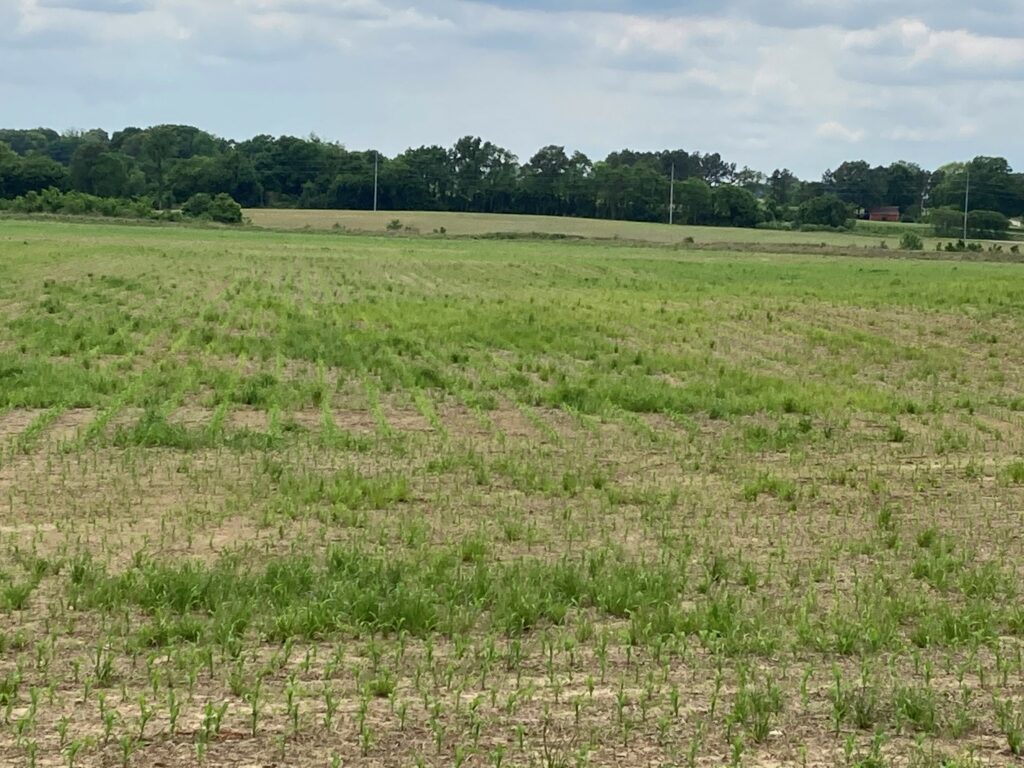
Ryegrass has become a serous weed issue in some fields that past couple of years. A major reason for this is that much of it is now glyphosate-resistant. Even if clethodim is used rather than glyphosate often it is applied on ryegrass sometime in late March through April when the grass is too well established to provide consistent control.
A tactic often used in Mississippi to manage ryegrass is fall application of Dual Magnum, Boundary, an Anthem product or Zidua. The timing to consider starting that application recommended by my colleague Dr. Jason Bond at Mississippi State University is October 15. The window that this application can be effective is quite wide from October 15 through December. The best approach is to apply one of those herbicides a week or so before a weather front is predicted to provide good rainfall.
This fall applied tactic of applying a S-metolachlor or pyroxasulfone product would be good approach for those fields that have had severe ryegrass infestations. Otherwise I would not recommend that it be applied to every acre as most winter annual weeds can be controlled with spring burndown applications and those weeds do help prevent erosion. Often fields have the most ryegrass pressure along the edges as the grass creeps in from waterways or ditches. So, another effective option would be to just apply the herbicide on those areas of the field. Please be mindful that if metribuzin is applied this fall it has an 8 month plant back to cotton.

